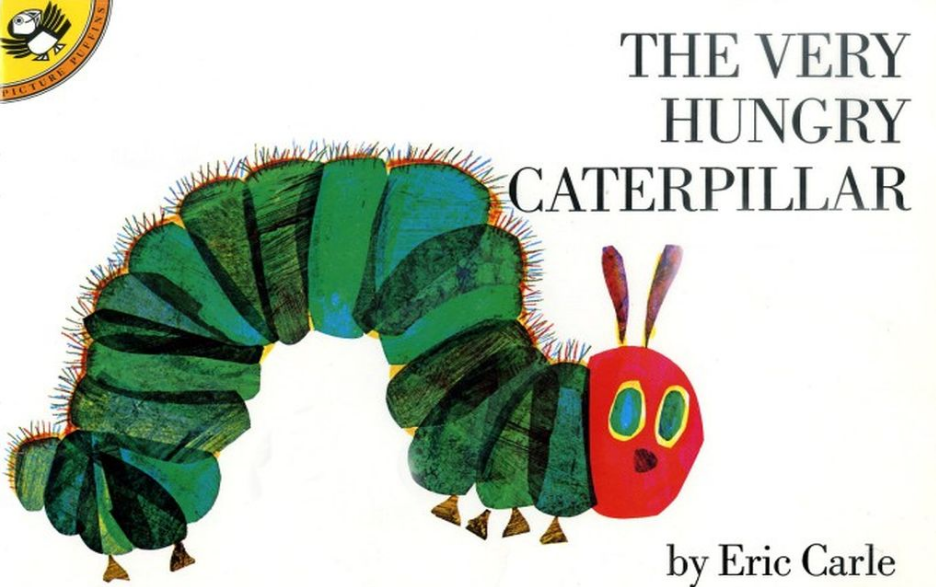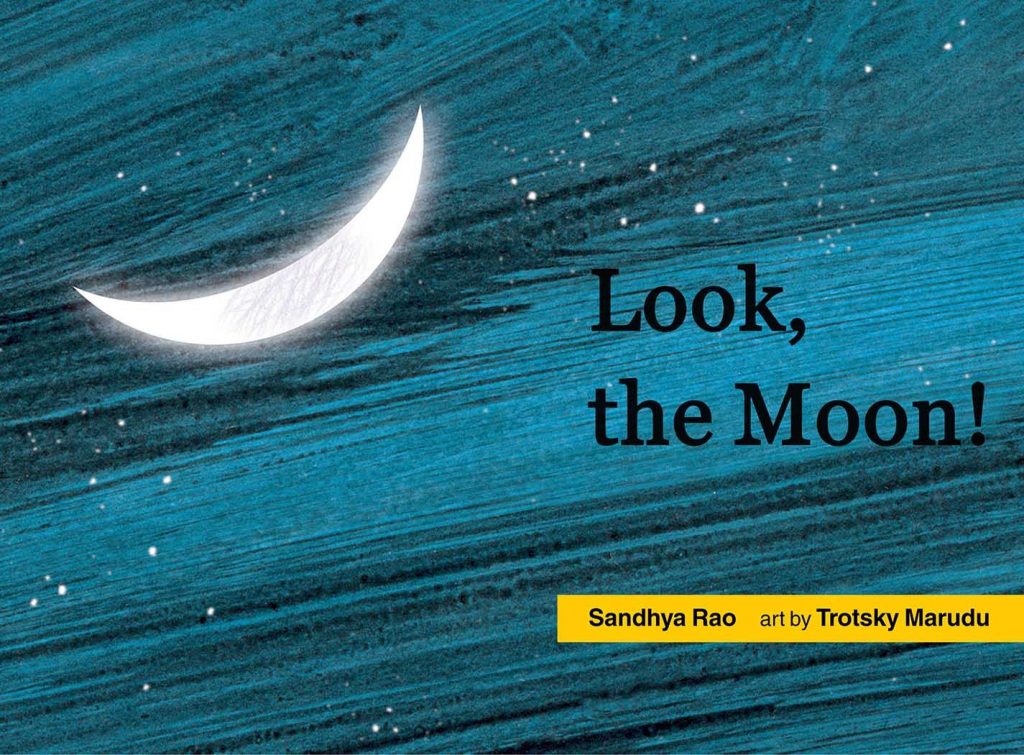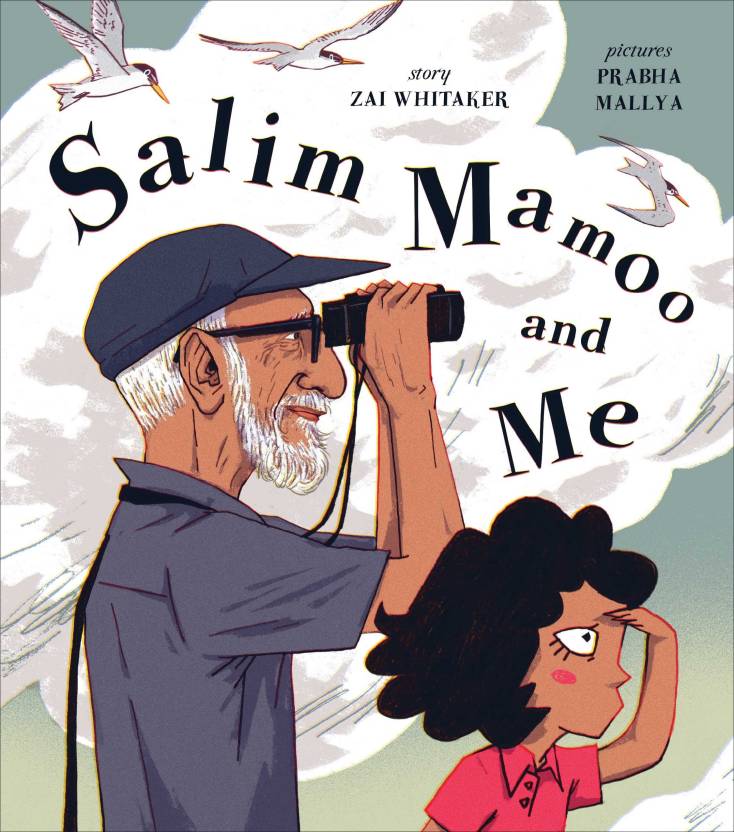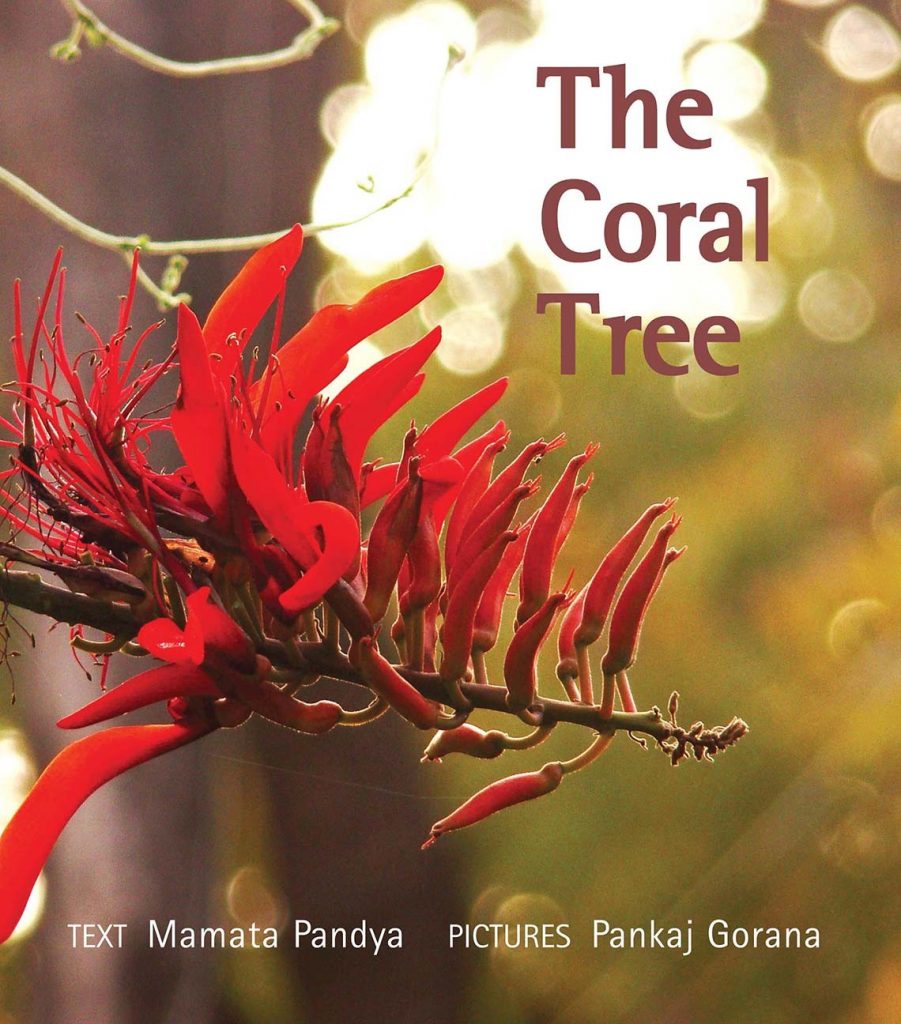Written by Bookworm Team
Read Alouds as a mode of bringing students closer to texts, enhancing the story experience, strengthening comprehension, and benefitting reading achievements are established by bodies of research (Burns et al., 1998).
Read Alouds enable students to listen to text voiced that may be beyond their immediate decoding level and their understanding is then further scaffolded by the interactive dimension of the strategy. This opens up new worlds in very positive ways and enables many more children to enter text worlds.
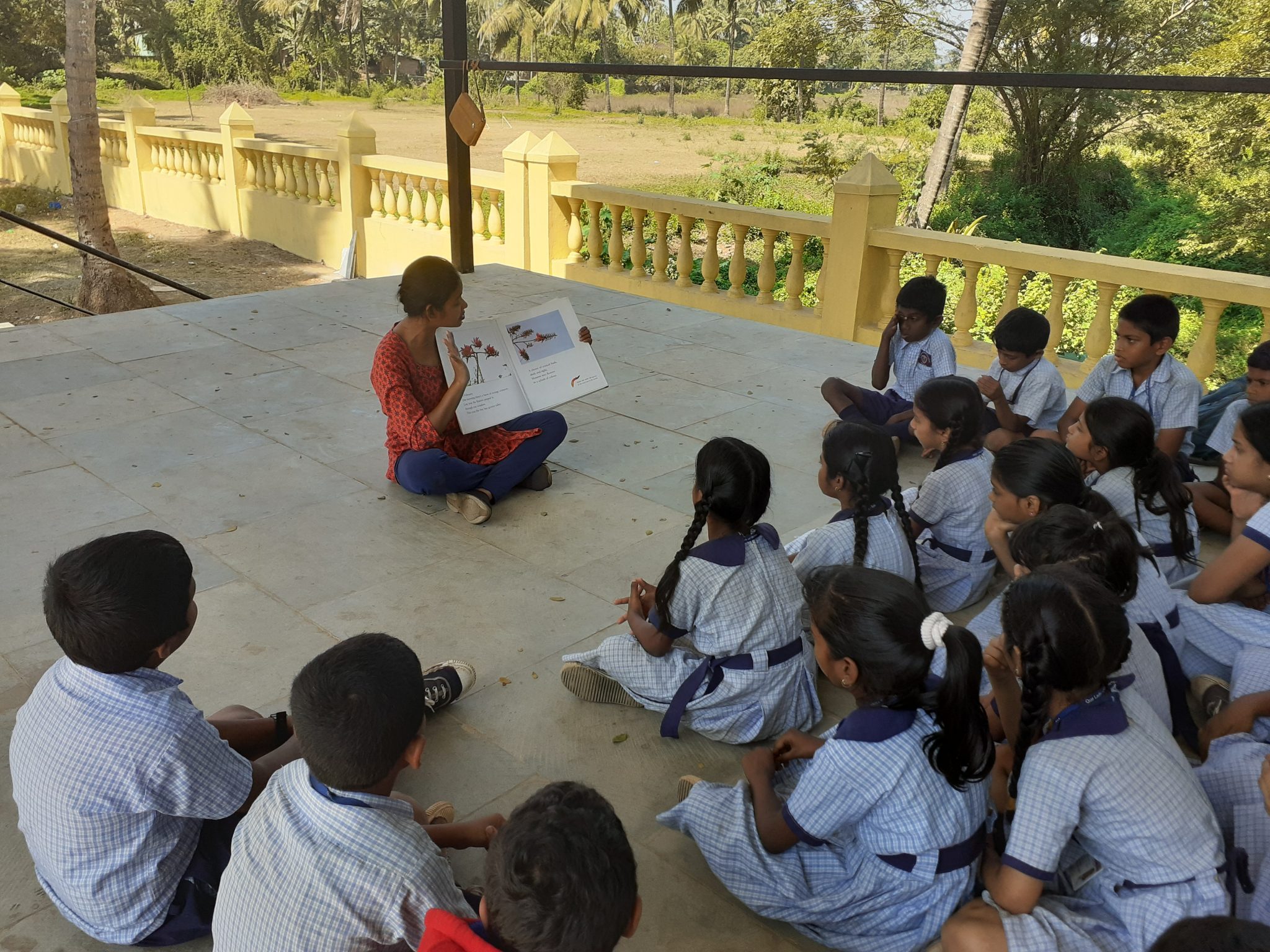
Across a cohort of 950 primary school children in Goa, the Read Aloud continues to be the primary draw for attention, classroom talk and critical thinking around books and stories.
The range of texts that are selected and read aloud in classrooms is based on the understandings accrued about Read Aloud as a strategy of engagement, the age of the audience, the literacy and language levels of the students and the time available for Read Aloud during school hours. The texts selected also attempt to cover a range of ‘genres’ or types because the Read Aloud is also a way to open up the collection of books in the library class. Std 3 and Std 4 of the Libraries in Schools (LiS) program (https://www.bookwormgoa.in/libraries-in-schools/) have a selection of books that include Non Fiction texts that are Read Aloud with a view to opening up Non Fiction in the classroom (Young et al., 2007).
Studies over the past decade point to the use of informational texts as good sources of conceptual knowledge building in young children (Heisey & Kucan, 2010) and we decided to explore more carefully our own use and response to non-fiction through Read Alouds to support this understanding from our context of Read Aloud experiences with children in primary classrooms in Goa.
In reviewing our work in schools over the past year, we chose to pay attention to texts that are Read Aloud that come from a more non -fiction category of the library collection. The practitioners who work directly in classrooms with children cited the following benefits that they feel accrue to children as various non -fiction texts are Read Aloud.
- Depending on the age of the children, the more formal ‘forming’ of concepts begins to take shape through Read – Alouds. The dramatic emergence of a butterfly from a cocoon that was created by a caterpillar who came from an egg allows young children to listen and then draw their first ‘life cycle’ in a std. I classroom. The humour, the vivid illustrations, the sequence of known and the mystery of the unknown elements of the story make their understanding more wondrous than a textbook introduction to life cycles can probably evoke. We see this kind of concept formation throughout the grades with select choices. This kind of sequential understanding that some concepts need at their formative level continues to emerge from Read Alouds with A Sea in the Bucket, where instead of an impersonal relationship with the water cycle, the mere focal point of a character and his bucket needing water helps many children shift into the concept in ‘softer’ way.
- In some instances, with some books, the reinforcing nature of text content enables children who are on the ‘margin’ of understanding, gain more insight. It also has shown to directly reinforce ‘information’ that children already have and legitimise it by the act of reading and finding it in another source. This is experienced with a text like, Look, the Moon!. Even rather young children in standard I, are aware of the changing shape of the moon. The reinforcement that the narrative brings and validation of their observable world in a book during library class appear to enhance learning in a quiet way. Many children recall this seemingly simple text and devote admirable attention to their own artwork around this theme after this Read Aloud.
- Particular selections have enabled us through the Read Aloud to bring children’s very local knowledge into the library room and then extend it outward again. This kind of learning spiral that Bruner refers to as the spiral curriculum (Bruner, 1960) has far-reaching consequences and was enabled by a selection like Salim Mamoo and Me. The narrative is what we refer to as a hybrid text. It has a central plot line centred around a character and it has a sub-theme that allows an intrusion in children’s real worlds and extension back. Birds abound in our regions of work and suddenly the observed, the known, the species names, the legitimacy of local knowledge become sources of information and connection through the Read Aloud process.
- Read Alouds that enable extensions come in the form of selections like The Coral Tree that have enabled bookmaking projects, posters, group work and links to ‘school subjects’ of environmental science, earth science, nature and conservation as well as bookmaking, writing, drawing, and presentations from the language arts faculty. Richness of this kind is witnessed year after year in classrooms reminding us that our Read Aloud selection must include texts like this one.
The potential to extend non- fiction Read Alouds and access to texts is very high for school learning but within the library class we aim to find a balance with other selections. We hope and trust that these entry points into conceptual understanding that are so easily afforded through picture books are sustained and nurtured in classroom work. We invite teachers to write back and ask of us recommendations, make suggestions, and request for lesson plan links because this is what library resources are meant to be. As literacy expert Regie Routman, in Literacy Essentials: Engagement, Excellence, and Equity for All Learners, writes, “It slows us down, relaxes us, reminds us of the joy and inspiration of a well-crafted story. Being read to puts us in the frame of mind for learning and increases literacy achievement”.
Books Cited:
- The Very Hungry Caterpillar, Eric Carle
- The Sea in a Bucket, Deepa Balsavar, illustrated by Priti Rajwade
- Look, the Moon!, Sandhya Rao, illustrated by Trotsky Marudu
- The Coral Tree, Mamata Pandya, illustrated by Pankaj Gorana
- Salim Mamoo and Me, Zai Whitaker, illustrated by Prabha Mally
References:
- Bruner, J. S. (1960). The Process of education. Cambridge, Mass.: Harvard University Press.
- Burns, M. S., Griffin, P., & Snow, C. E. (1998). Starting Out Right: A Guide to Promoting
- Children’s Reading Success. Committee on the Prevention of Reading Difficulties in Young Children, National Academy Press: Washington, DC
- Heisey, N., & Kucan, L. (2010). Introducing Science Concepts to Primary Students Through Read-Alouds: Interactions and Multiple Texts Make the Difference. The Reading Teacher, 63(8), 666–676. doi: 10.1598/RT.63.8.5
- Routman, Regie. (2017). Literacy essentials: Engagement, Excellence, and Equity for All Learners. Portland, Maine : Stenhouse Publishers, (DLC) 2017030315
- Young, T. A., Moss, B., & Cornwell, L. (2007). The Classroom Library: A Place for Nonfiction, Nonfiction in its Place. Reading Horizons: A Journal of Literacy and Language Arts, 48 (1). Retrieved from https://scholarworks.wmich.edu/reading_horizons/vol48/ iss1/3
List of Non Fiction books read aloud as part of the LiS program:
GRADE 1:
- Little Fingers, Sheila Dhir, illustrated by Mugdha Sethi
- Ponni the Flower Seller, Sirish Rao
- Year Round the Raindrops, Bill Martin Jr., illustrated by John Archambault
GRADE 2:
- B is for Books, Annie Cobb, illustrated by Joe Mathieu
- Leaves, Enrique Lara Robayo & Luis Fernando Garcia
- Look the Moon!, Sandhya Rao, illustrated by Trotsky Marudu
GRADE 3
- Me Jane, Patrick McDonnell
- Night, Junuka Deshpande
- The Sea in a Bucket, Avehi-Abacus, illustrated by Deepa Balsavar
- Water, Frank Asch, illustrated by Rachel Merriman
- Tails, Hydrose Aaluwa, illustrated by Atanu Roy
GRADE 4
- Biblioburro, Jeannette Winter
- Drum Dream Girl, Margarita Engle, illustrated by Rafael López
- Flash, Crash, Rumble and Roll, Dr. Franklyn M. Branley, illustrated by True Kelley
- The Coral Tree, Mamata Pandya, illustrated/ photos by Pankaj Gorana
GRADE 5
- Ali’s story, Andy Glynne
- Galileo’s Leaning Tower Experiment, Wendy Macdonald, illustrated by Paolo Rui
- Salim Mamoo and Me, Zai Whitaker illustrated by Prabha Mallya
- Tomas and the Library Lady, Pat Mora, illustrated by Raul Colon
- The Why Why Girl, Mahasweta Devi, illustrated by Kanyika Kini
GRADE 6
- Grandfather Gandhi, Arun Gandhi & Bethany Hegedus, illustrated by Evan Turk
- Iqbal: A Brave Boy from Pakistan, Jeanette Winter
- Nasreen’s Secret School: A True Story from Afghanistan, Jeanette Winter

